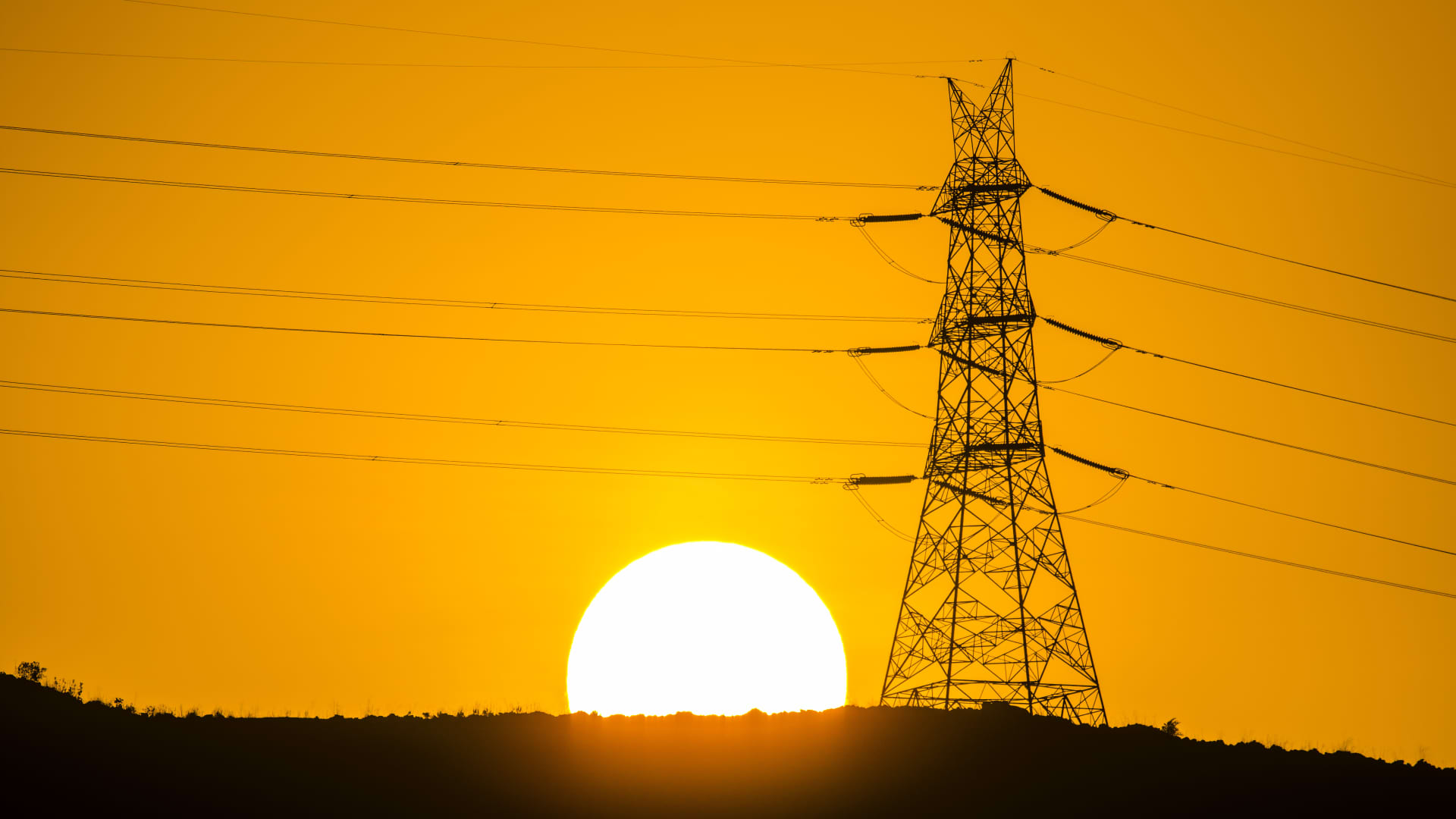Hyundai Takes Its IONIQ 5 On A Towing Adventure

When I first saw photos of the IONIQ 5, and later saw one in person, it didn’t exactly scream “tow vehicle.” It’s bigger than a Model 3, but it’s not that much bigger. Most electric vehicles in this size range call themselves crossovers, but have either zero or very little manufacturer-rated towing capacity. But the IONIQ 5 isn’t like that.
Hyundai claims the IONIQ 5 may tow trailers weighing up to 1,600 kg (about 3,500 pounds), which is more than enough for “a 6-berth, 7.5-metre caravan.” It also offers 527 liters (18 cubic feet) of cargo capacity, which rises to 1,587 liters (56 cubic feet) when the second-row seats are folded down.
“Enjoyment of the great outdoors is always a year-round possibility, but now that summer is here the potential to set out on a road trip and take in the wonder and awe it offers is greater than ever,” the company’s press release said. “For those town- or city-dwellers wanting to stay outdoors under the stars, lakeside or other natural beauty spot, however, this can often require the need to tow additional accessories, whether that’s a trailer of camping equipment or a full-size caravan.”
Hyundai wanted to prove that the vehicle can really tow, so the company took it out on some camping trips with two campers. They didn’t give us a detailed travel journal like we’d do here at CleanTechnica, but Hyundai did give us some pictures of it camping and talked about how its towing features made the trip not only possible, but comfortable.
Features That Help Towing
First, let’s talk range. The vehicle’s 77.4 kWh battery pack is rated by European authorities to go as far as 507 km (315 miles). EPA ratings in the US are (as always) lower, with 256 miles on faster American roads with heavier right feet. Obviously, towing isn’t going to give you the rated range for an unloaded vehicle, with a good rule of thumb being that you’ll lose at least half of the range towing, and possibly 60% or more with heavier and less aerodynamically efficient trailers.
Like Ford, Hyundai wanted to take the guesswork and “rules of thumb” out of the towing equation for people. Customers can use their telematics system to set the weight and category of their trailer and its anticipated driving range gets calculated before the road trip even begins. This means that IONIQ 5 drivers can actually plan charging stops.
With IONIQ 5’s rapid charging, drivers don’t have to worry about being stuck waiting for a long time before continuing their camping trips. The IONIQ 5 can charge from 10% to 80% in 18 minutes using a 350-kW charger, and Hyundai says a 5-minute charge can add up to 100 kilometers of driving range (without a trailer, WLTP). While that latter figure doesn’t mean as much to people towing a trailer, the 10-80% charging time means that frequent stops when towing a trailer won’t be an hour long, which will help immensely.
Powering The Campsite
The Vehicle-to-Load (V2L) feature of the IONIQ 5 is one of the driving forces behind its ability to provide customers with absolute freedom to explore. It essentially becomes a big power bank on wheels — and an excellent accessory when off the grid and experiencing nature. With a V2L port underneath the rear seats that may be switched on when the car is running and one in the exterior charging port (when used with the supplied converter, even while the vehicle is turned off), this feature can be utilized to charge and power almost anything, from a smartphone or laptop while on the go to a coffee maker, e-bike, and even a camper trailer.
This, of course, means you don’t have to rely on fossil fuels once you’ve driven to the campsite on electric power. Everything from air conditioning and heating to cooking and powering a fridge can happen on clean electricity. You can enjoy nature while not playing a part in its destruction.
Hyundai’s Choice of Camper
This month, Hyundai’s people stayed the night at what they’re calling “Camp Zero” powered by an IONIQ 5 in Sweden. Camp Zero is an all-electric combination of Hyundai’s award-winning electric car and a minimally designed caravan. Camp Zero provides everything required for adventures and the ideal camping experience, including all of the electrical amenities, which are of course powered by IONIQ 5 through V2L.
The MINK Camper Hyundai chose for this is a lightweight electric camper with an induction plate, espresso machine, kettle, electric fridge/freezer, speaker system and even light loops to set the right tone on a summer’s night. It has built-in 230V and USB outlets similar to IONIQ 5 so that campers may connect and charge all of their gear as far into the woods as they go.
The MINK camper is great for electric vehicles to tow because of its aerodynamic shape. It’s also very lightweight at just 520 kg (about 1150 pounds), which means that the IONIQ 5 won’t have any trouble pulling it.
Minimalist campers aren’t your only option, of course. Hyundai gave the press photos of the vehicle towing a larger, less sleek camper on its hitch. With 3500 pounds of towing capacity and the great torque EVs have, you can expect a good towing experience (especially with the stability of EVs, mostly because of the low center of gravity). But, with a less efficient camper, you can expect a greater range hit when towing. So, Hyundai’s primary choice for Camp Zero was a good one.
How This Would Work In The US
I’ve done a number of articles about EV towing, often relying on range simulations from A Better Routeplanner to figure out what towing would be like. I’m not going to try to run simulations for this article, but I know from these studies that a vehicle with 350 kW charging will be quite bearable on trips close to the interstate, even when towing.
On the other hand, infrastructure will be an issue in the United States for the next few years. But, with the ability to charge up at RV parks, you can get away with a lot more in rural areas when camping. So, if trips pull you off the beaten path, being able to stop at an RV park overnight does give you the ability to bridge the gap some.
Another option I’ve heard of EV campers using is solar. With a larger camper, you can fit kilowatts of power on the roof that you can use to charge your tow vehicle during lunch stops or at boondocking campsites (sites without power and other hook-ups). So, there are definitely options for every situation if you’re creative.
Images courtesy of Hyundai
Appreciate CleanTechnica’s originality and cleantech news coverage? Consider becoming a CleanTechnica Member, Supporter, Technician, or Ambassador — or a patron on Patreon.
Don’t want to miss a cleantech story? Sign up for daily news updates from CleanTechnica on email. Or follow us on Google News!
Have a tip for CleanTechnica, want to advertise, or want to suggest a guest for our CleanTech Talk podcast? Contact us here.
Advertisement
This post has been syndicated from a third-party source. View the original article here.





